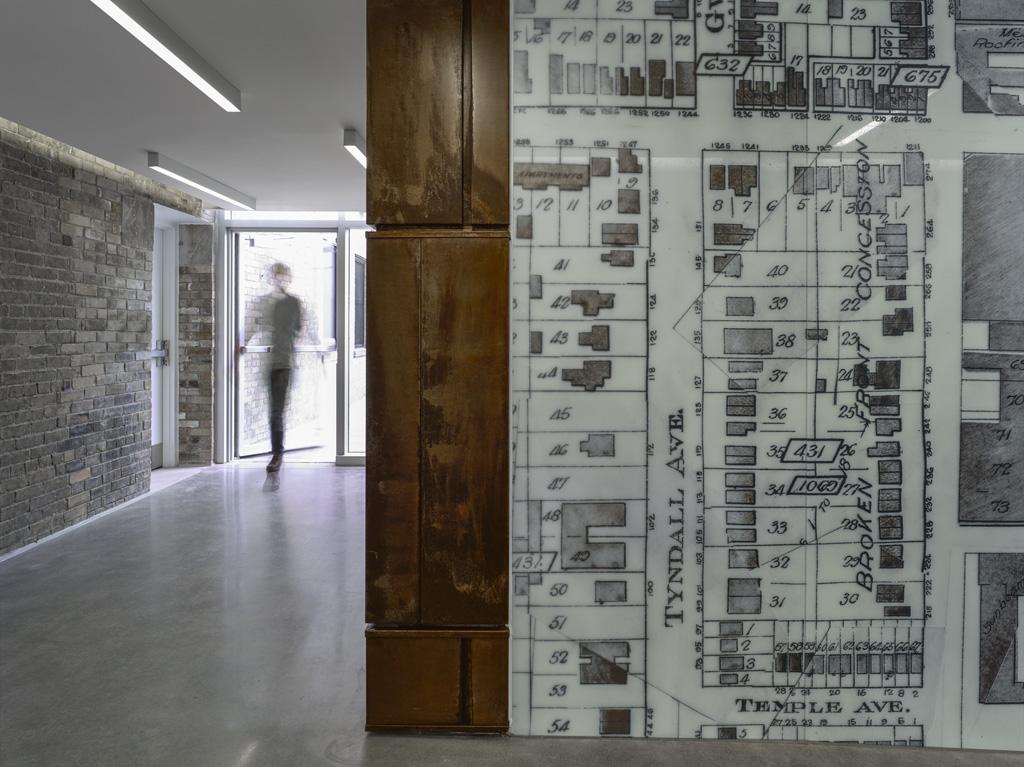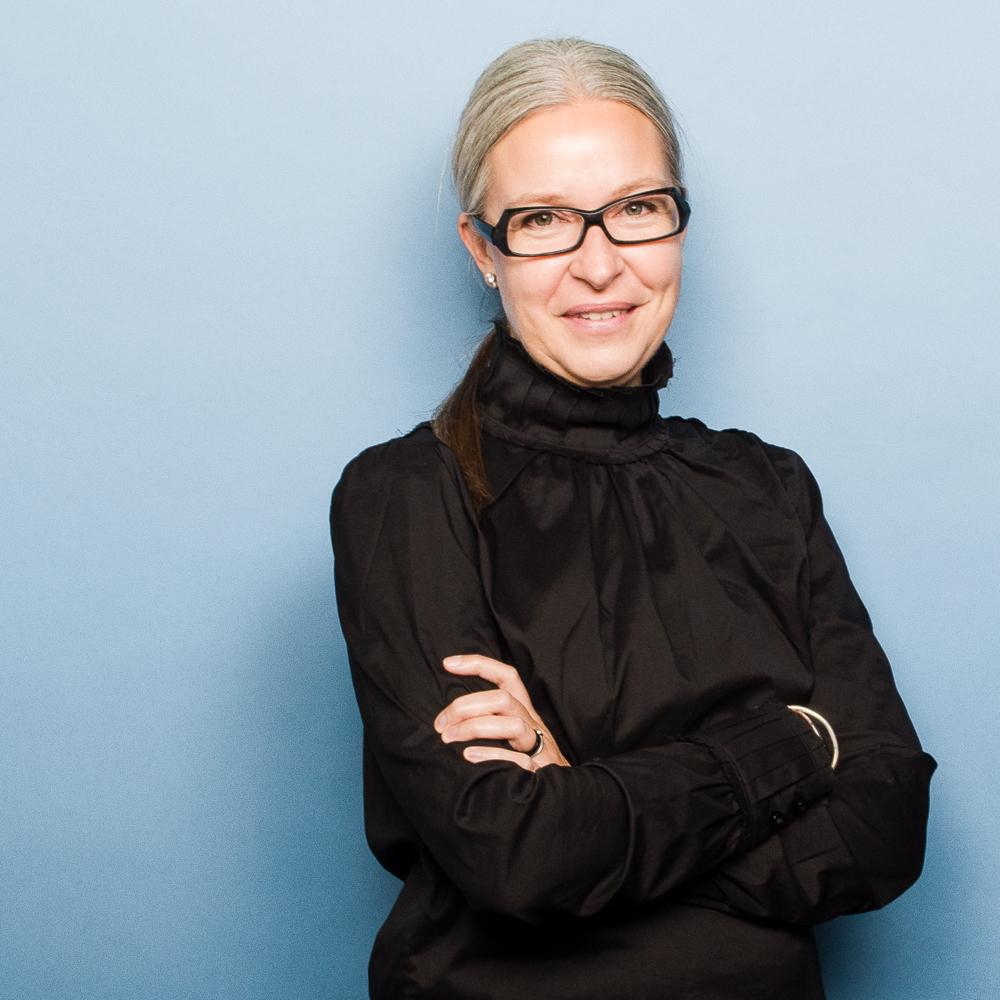This quote is often attributed to Aristotle. However, what he actually said was:
“the totality is not, as it were, a mere heap, but the whole is something besides the parts”
Aristotle’s Metaphysics, Book VIII, 1045a.8–10.
We think it is safe to say that those of us in the design profession do not think of our projects as mere heaps. On the other hand, we believe Aristotle was onto something with the ‘whole is something besides the parts’ bit. When considering all the design processes involved in delivering a building, why have the outside and inside of buildings been divided into separate consultancies?
Integrated architecture and interior design should feel like a natural choice. The benefits of having a team that looks at the building as a single entity happen early and often in a project’s life. This integration also has a significant impact on the total design quality.
An integrated team of designers and architects with an established relationship leads to deeper and more aligned design thinking because:
- If interior design elements are considered at early architectural massing stages, the human interior experience is tested along with the building form: the macro and micro are evaluated simultaneously;
- Unexpected positive results occur from bringing different perspectives to the overall design: designers and architects speak the same language, but with different accents;
- There are a lot of grey areas between architecture and interiors: an integrated team sees them all.
A shared vision for a building’s design results in a bigger statement. That statement imparts our client’s brand, values and vision on the built environment. Imagine a building with a beautifully considered brick pattern on the exterior. That pattern is strengthened and integrated into the assembly depth of an interior feature wall to allow for a matching porcelain tile in the same pattern. The services running in that wall are coordinated in a single package for both main construction and finishing. That same masonry pattern at a large scale externally could become a repeating element in progressively finer scales on suite entry surrounds and wayfinding signage, becoming the brand for an address. These kinds of holistic solutions are allowed to happen seamlessly, amongst a team speaking the same design language on a day-to-day basis from the beginning.
The quality of both services improves as well. Ideas-based design is a product of interior designers being invited to the table early to inform the big ideas of form and adjacencies, rather than being brought in a decorator role after these decisions have been made. Quality of design and thinking are both elevated as an upshot. Clients reap this design value along with lower fees and simpler administration. Think of the advantages of a single point of contact for a client or contractor.
In the same way that we now find it natural to narrowcast our entertainment content to our phones, tablets and laptops, we can be just as comfortable bringing the inside and the outside design of our buildings into a single service stream. To continue to misquote Aristotle, the whole building is destined to become something beyond the parts.

Corten steel surrounds circulation blocks at 60 Atlantic Avenue, Toronto

Corten steel corner detail in smaller scale on the interior of 60 Atlantic Avenue, Toronto

Corten steel signage detail on the interior of 60 Atlantic Avenue, Toronto
Written by Caroline Robbie and Heather Rolleston

